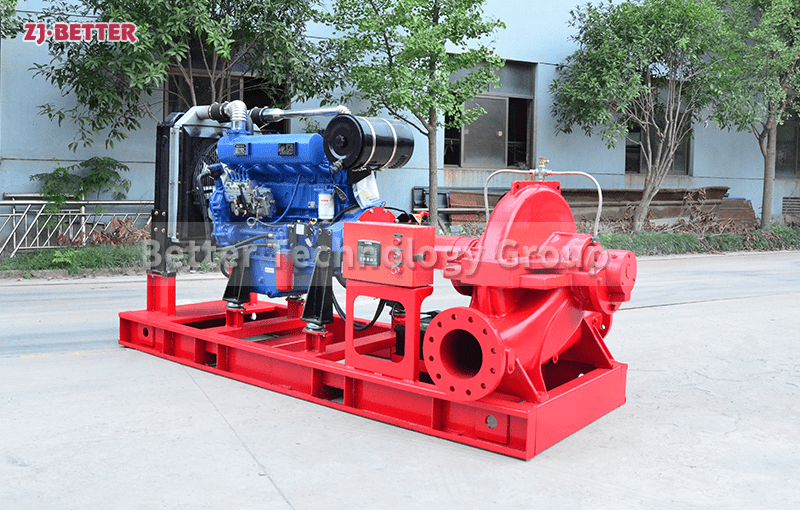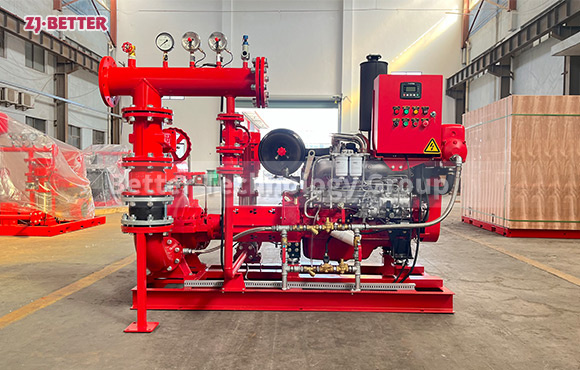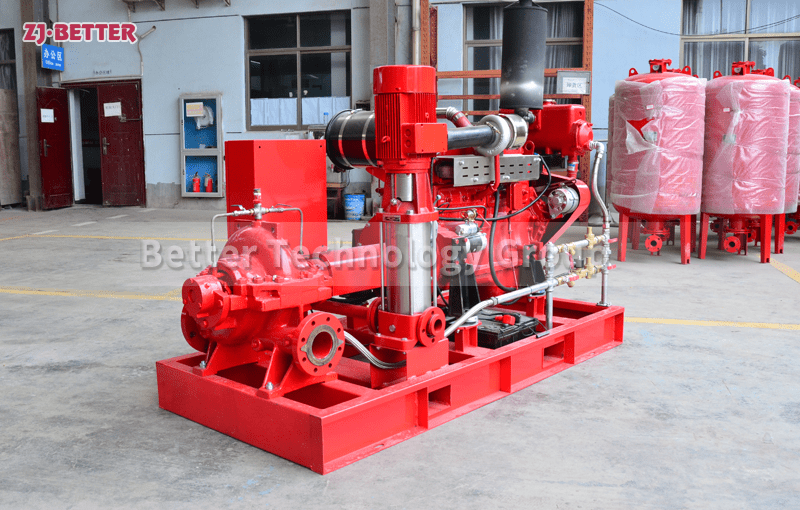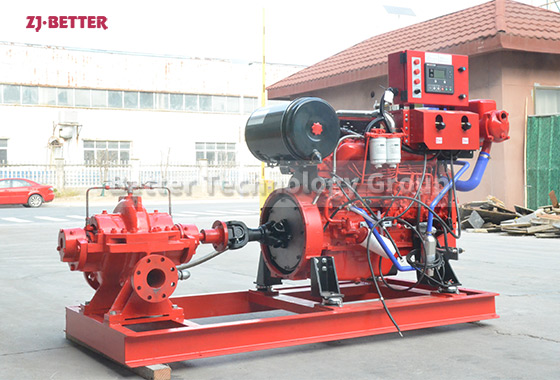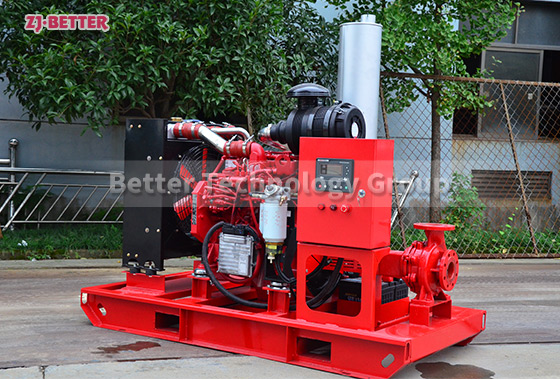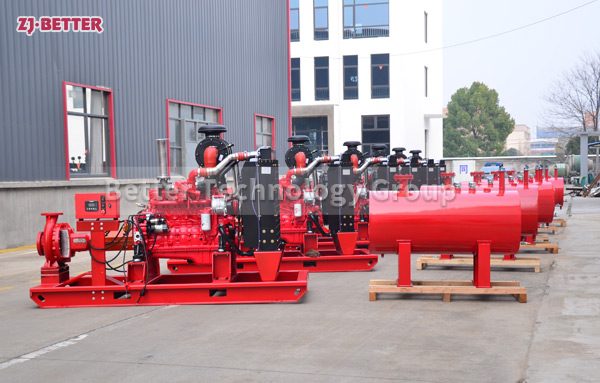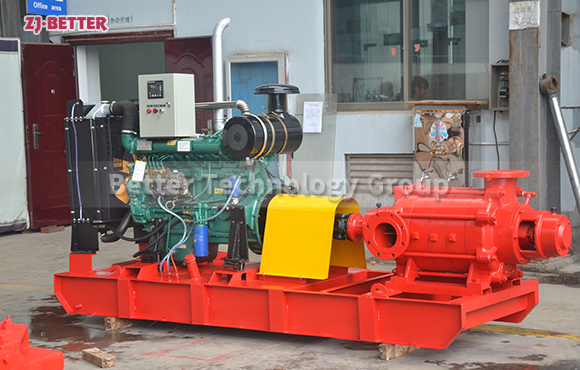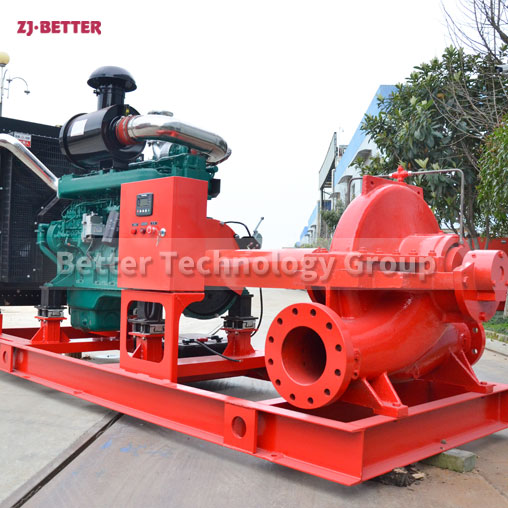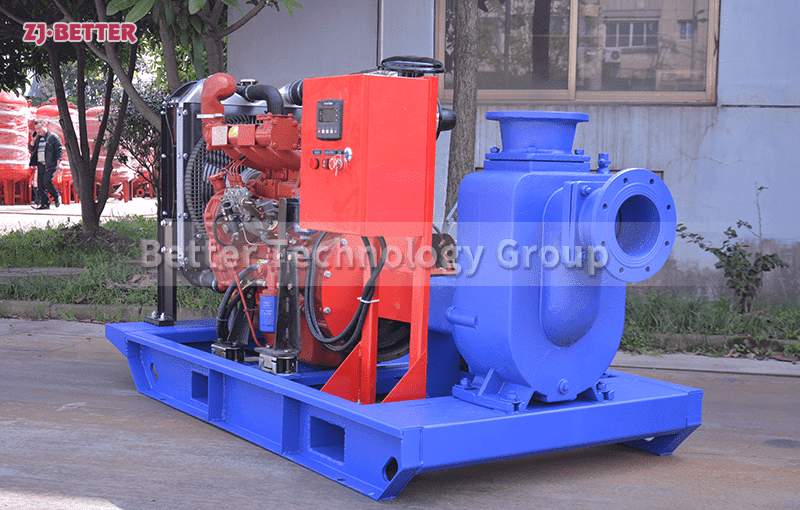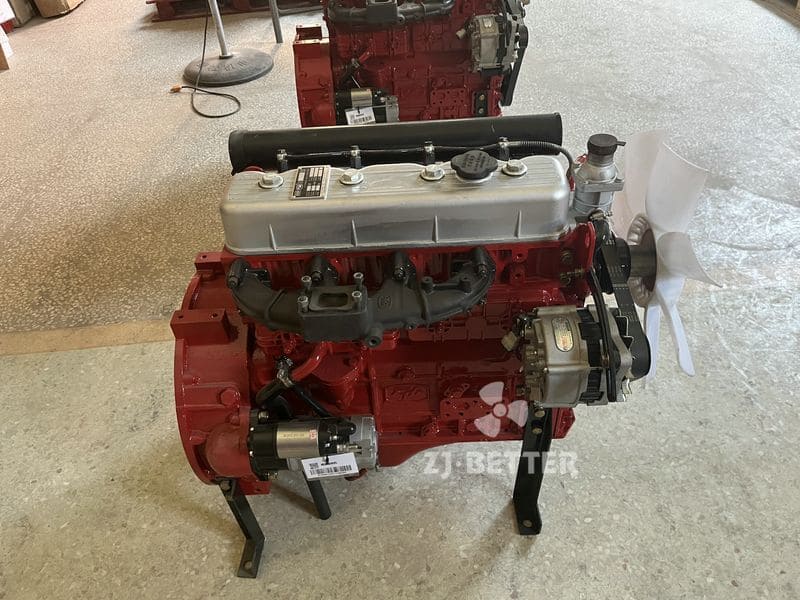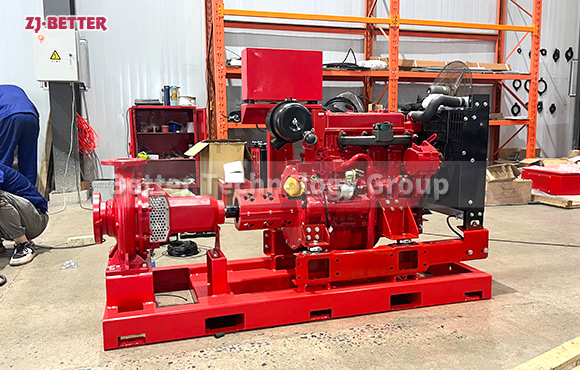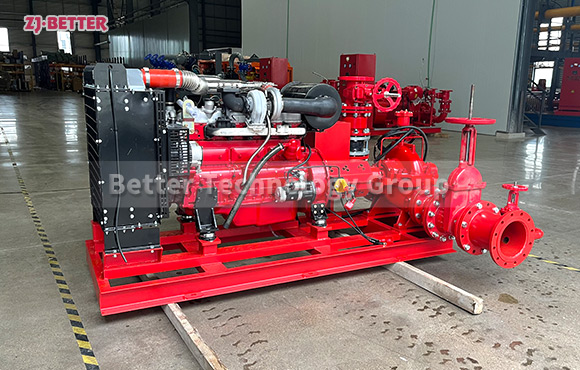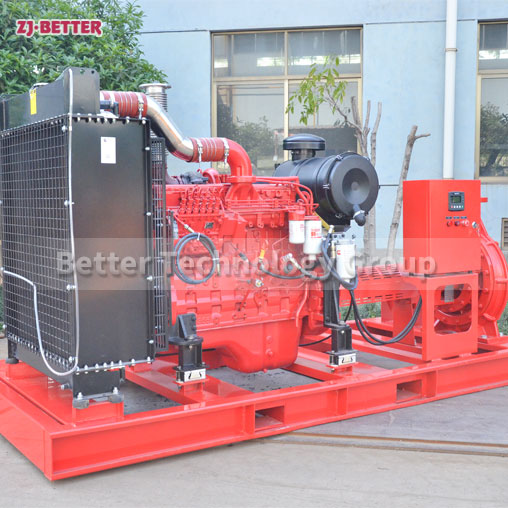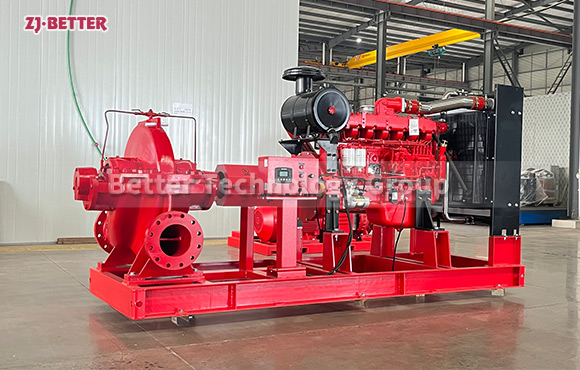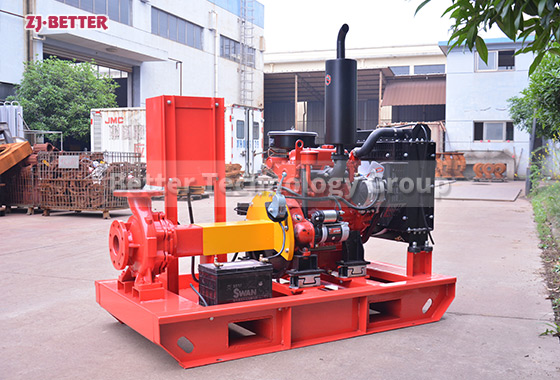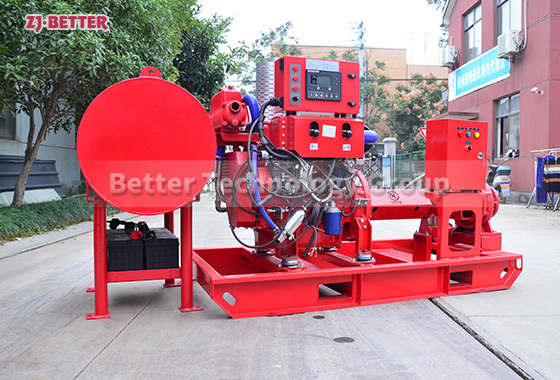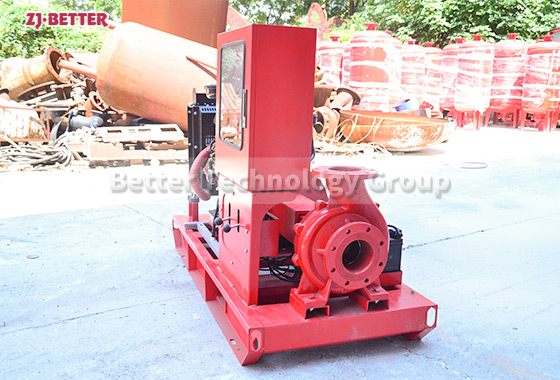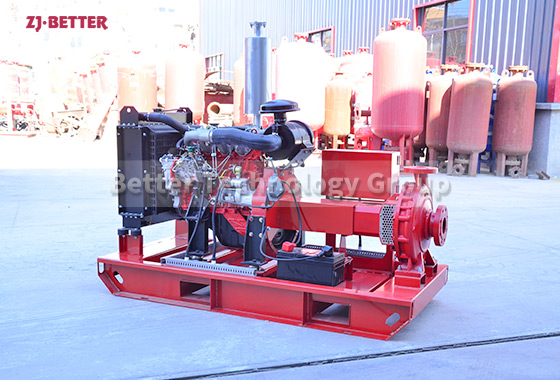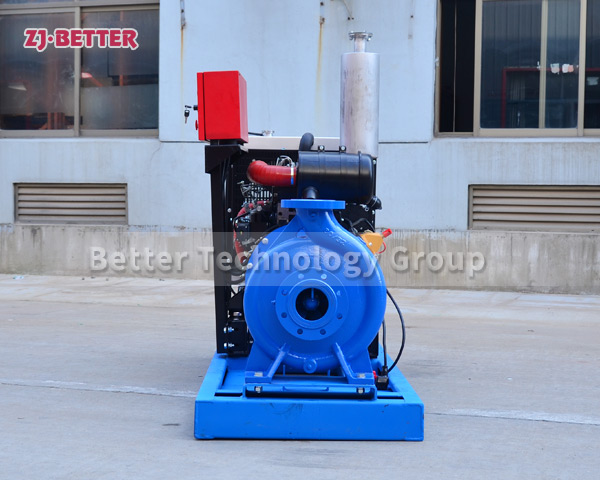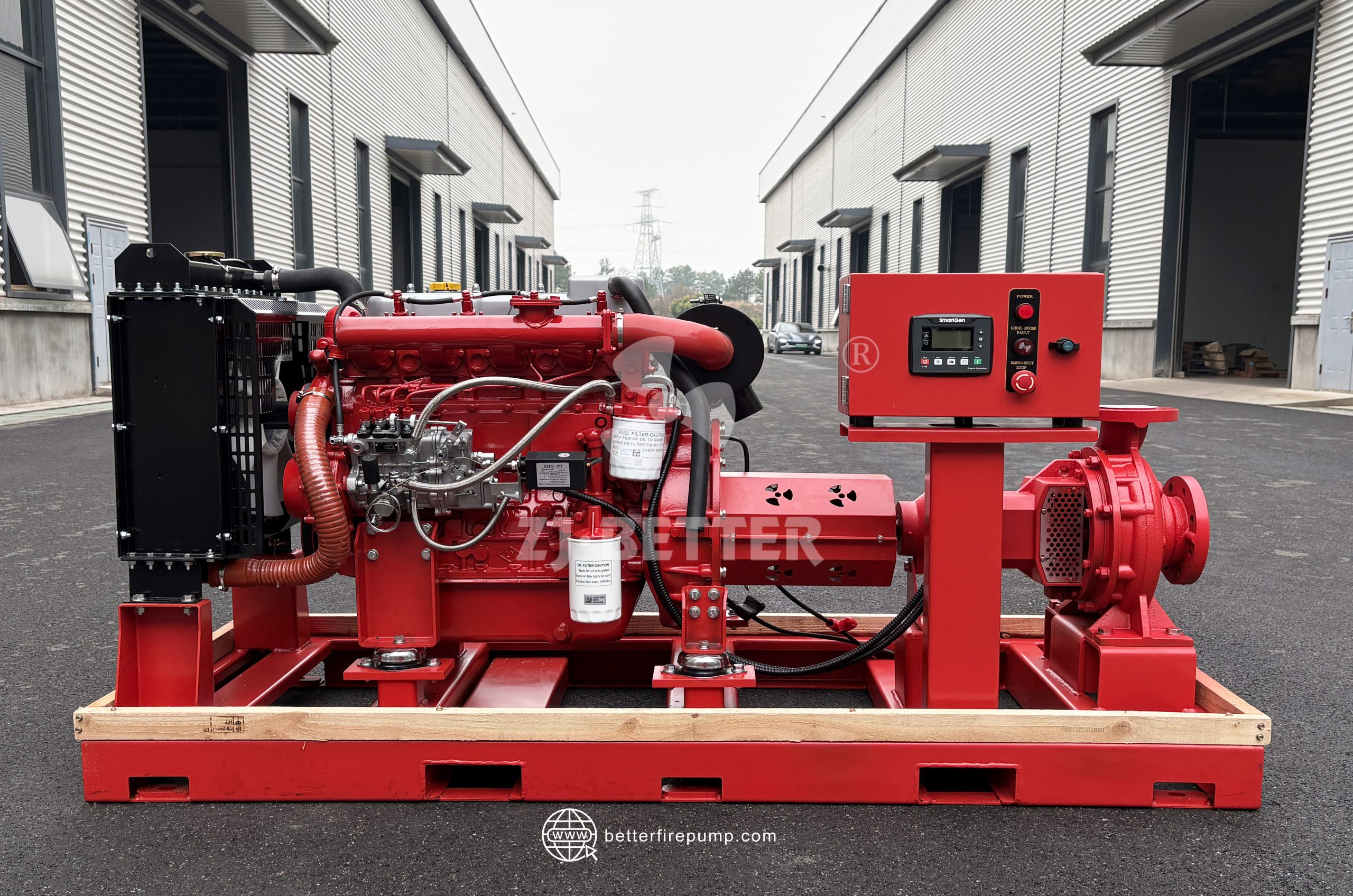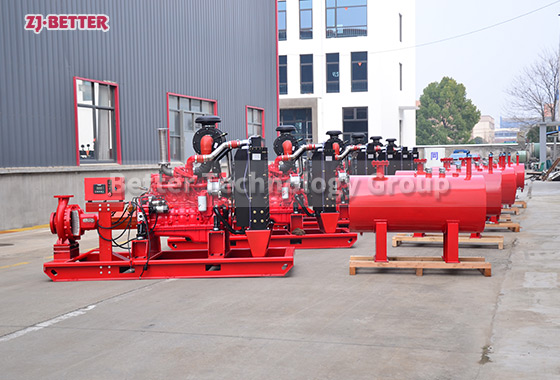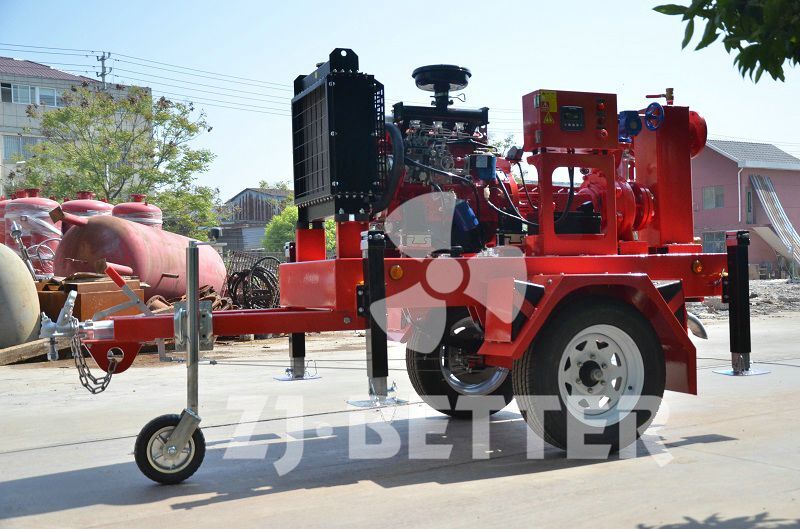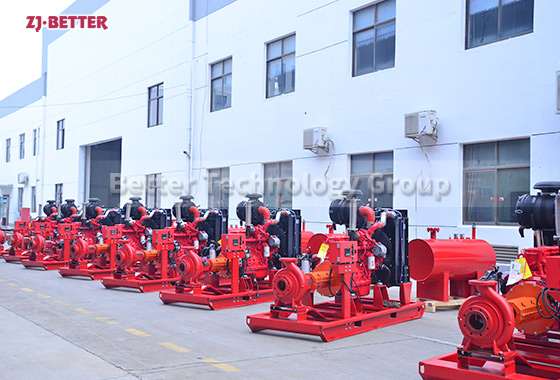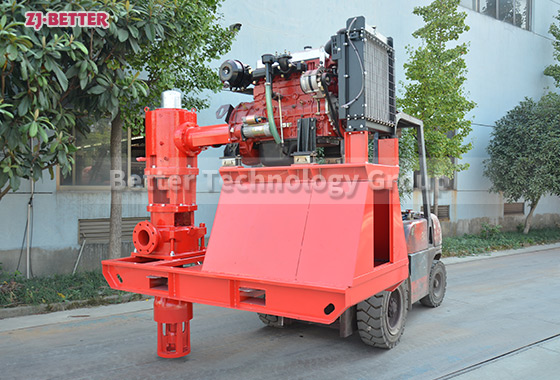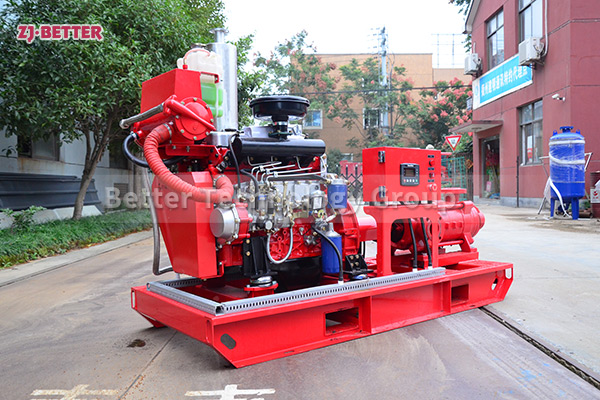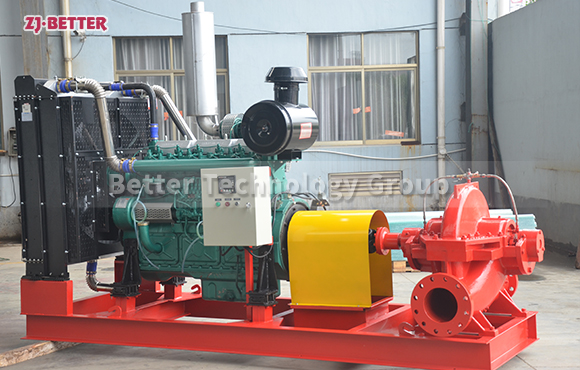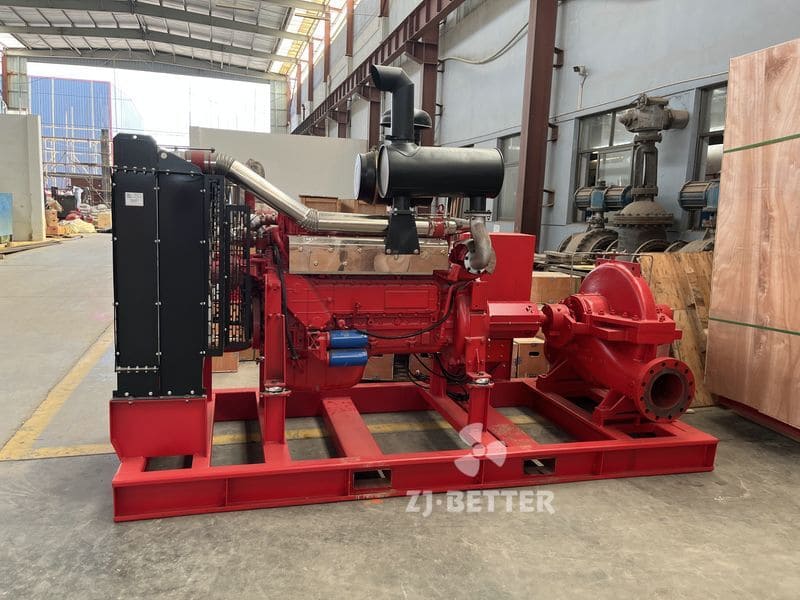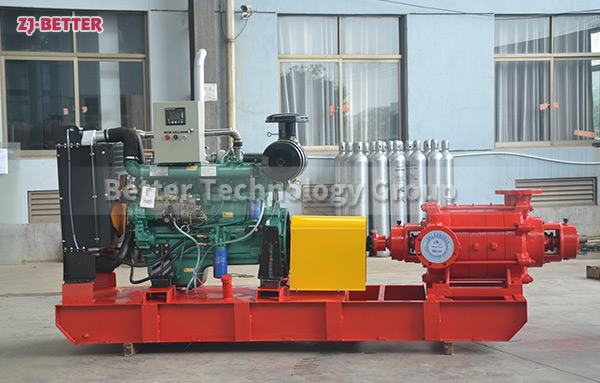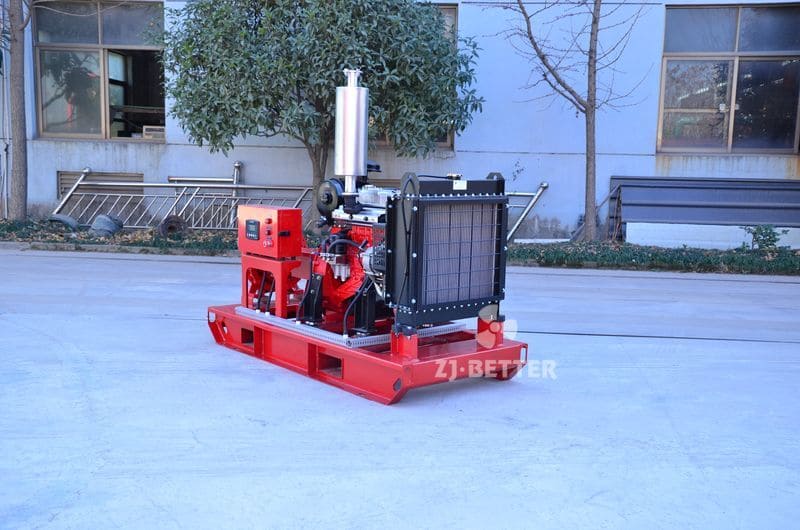
Display Effect Of Diesel Engine Fire Pump
This diesel engine fire pump set adopts ISW pump.ISW series horizontal single-stage single-suction centrifugal pump is a new generation of energy saving, environment friendly horizontal centrifugal pump researched and developed by our company, which absorbs advanced technology of similar products abroad and adopts domestic general performance parameters of centrifugal pumps.
In addition, according to different operation temperatures and mediums, we developed the hot-water pump(ISWR), corrosion-resistant chemical pump(ISWH) and oil pump (ISWB). This pump enjoys excellent performance, good reliability, long operation life, reasonable construction and nice appearance, which is outstanding in the industry.
ISW horizontal single-stage single-suction centrifugal pump is to be used for clean water or other liquid with similar physical and
chemical property to clean water. It is suitable for industrial and city water supply and drainage, pressure water supply for high-rises, garden sprinkling, fire fighting booster, distance conveyance, cooling circulation in heating and ventilating system, bathroom and other cool or hot water circulation boosters or accessories, whose operation temperature is below 60C.

